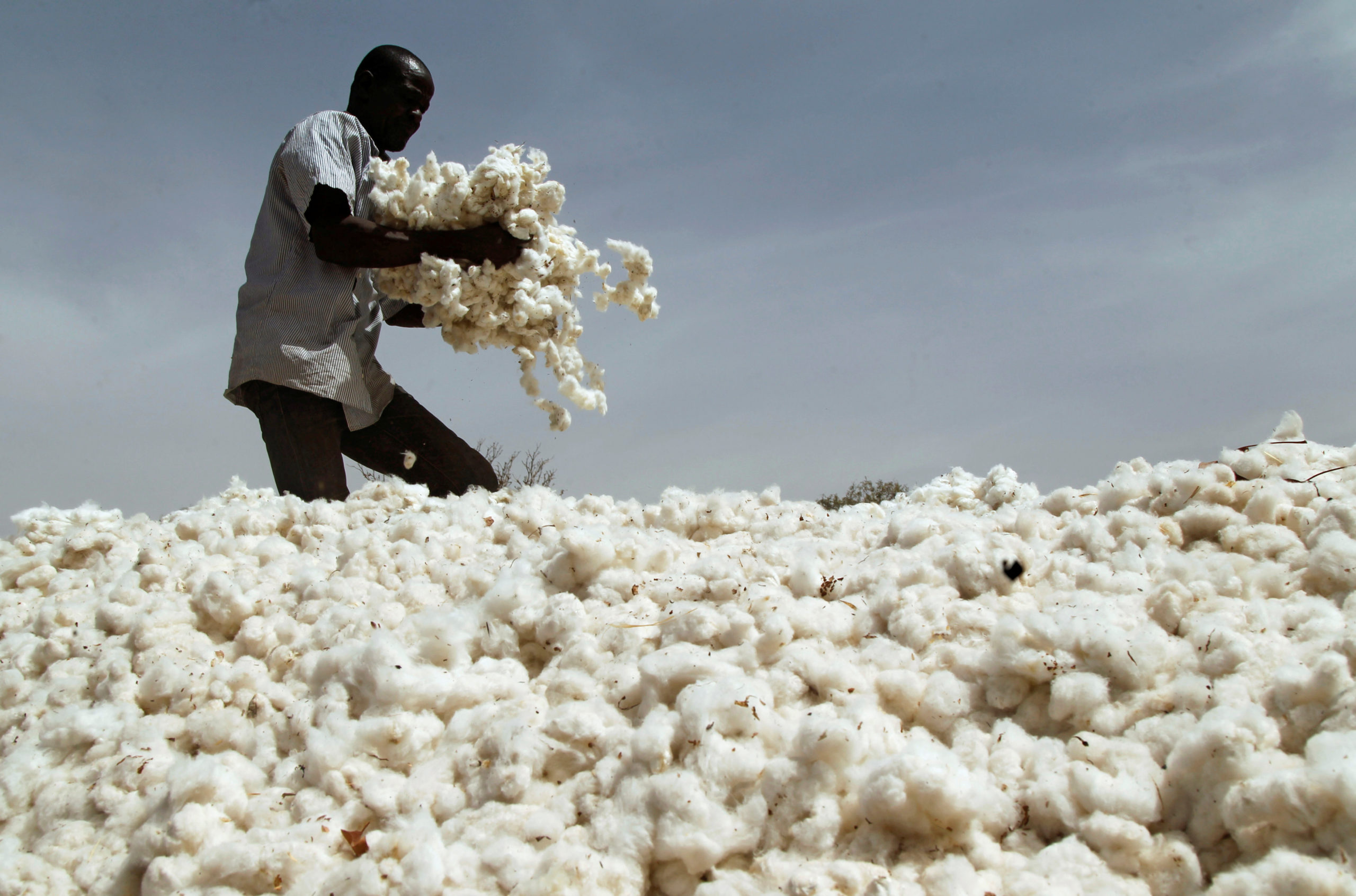



Article by: Hari Yellina
For years, environmentalists have slammed Australia’s cotton industry, claiming that the “thirsty” crop should not be produced in the world’s driest continent. After decades of effort, the industry now claims to be one of the most water-efficient in the world, and representatives from the industry gathered in Narrabri this week to celebrate their achievements. Cotton growers in Australia have increased their water-use productivity by 48% since 1992. Other improvements, according to the industry, have been made in areas such as insecticide use, which has fallen by 95% since 1993. Cotton Australia’s CEO, Adam Kay, noted that a lot of money and research had gone into improving water efficiency in particular.
“I believe our farmers recognised water as the number-one limiting issue in irrigated crop production many years ago, and they’ve had to work hard over the years to improve water-use efficiency,” he said. That doesn’t mean the industry is conserving water; it just means it is generating a lot more cotton. Andrew Watson, a cotton planter from Boggabri, claimed his family’s farm has achieved great strides in terms of water efficiency. “We produced roughly seven bales per hectare in 1998 and used about 7.1 megalitres per hectare,” he said.
The cotton industry’s claims that it is sustainable do not convince the Nature Conservation Council. According to Melissa Gray, a campaigner for the Murray-Darling Basin Plan, the industry has received billions in public funds for new water infrastructure, which is why it has been able to enhance water efficiency. However, she said that floodplain harvesting was still capturing massive volumes of water for free. Growers argue that government buybacks and efficiency initiatives have resulted in water being returned to the environment in exchange for infrastructure money, resulting in a 20% reduction in water use. “During dry years, it’s zero – all the water that falls and flows down the rivers ends up in the environment.”
Growers, he said, carefully controlled the water supply, especially during dry periods, to keep everything running smoothly. That doesn’t sit well with Bill Johnson, a former senior research scientist with the NSW Department of Natural Resources who is now working to protect the river systems. He acknowledges that the sector has drastically decreased its chemical use, but he believes it still has a long way to go in terms of water conservation. Melissa Gray is in agreement. “We see catastrophic fish kills in drought years due to the cumulative impact of floodplain harvesting, groundwater is not recharging, and the environment is suffering greatly.”
Cotton Australia’s Adam Kay is enraged by the comments, claiming that the business is not to fault for the fish kills. He says that renowned environmental locations like the Macquarie Marshes on the Darling River have had a large increase in environmental water, going from 40,000ML to 334,000ML in just 30 years. He argued that irrigators in that region utilise only 15% of the consumptive water, while graziers own 90% of the marshes, and that the problem is not a lack of water, but rather deterioration caused by grazing management techniques. Growers in New South Wales and Queensland are anticipating a record-breaking crop as the harvest progresses in northern New South Wales.
Nonetheless, Mr Watson stated that the remaining cotton crops’ quality and yields appeared to be promising. “I’m hearing around here about 16 bales per hectare, which is great,” he remarked. Despite a frosty start to the season, the harvest in southern NSW is set to begin next week, with yields likely to average approximately 10.5 bales per hectare. The biggest issue, according to Southern Cotton farm manager Paul Flewitt, will be finding contract pickers who are still stuck up north. “Everyone wants to get the next crop in, so it would be good to have it all off down here by early June,” says the farmer. “Unfortunately, that’s not going to happen this year.”